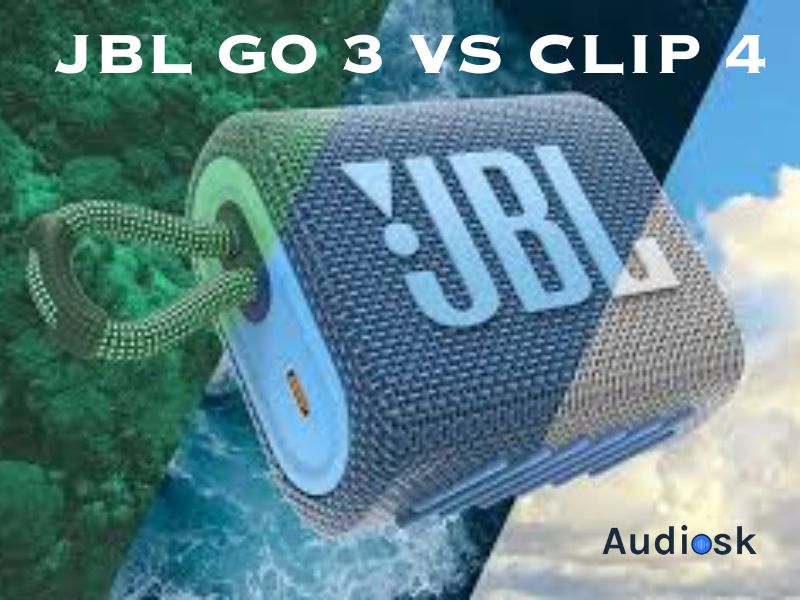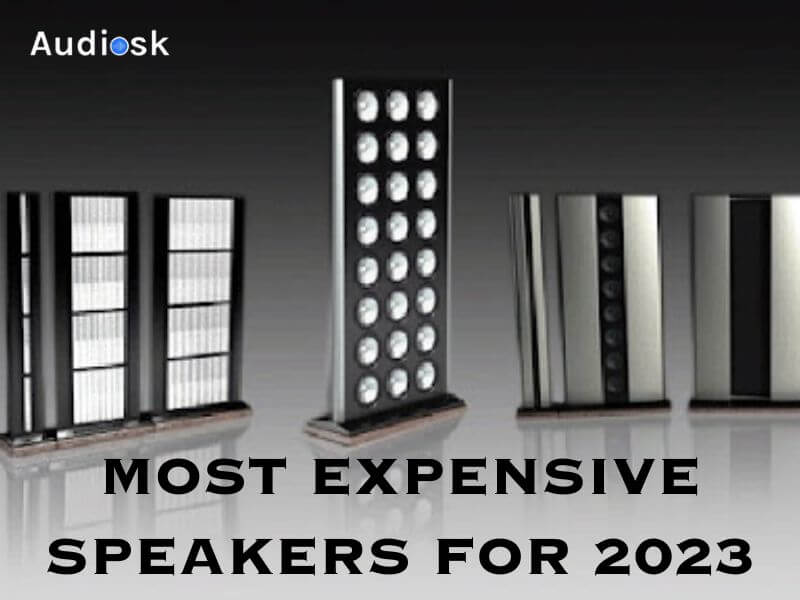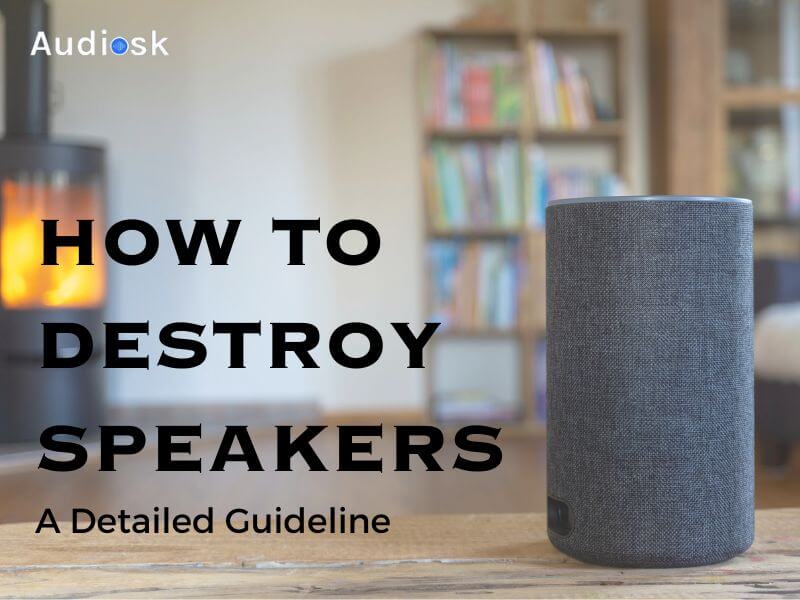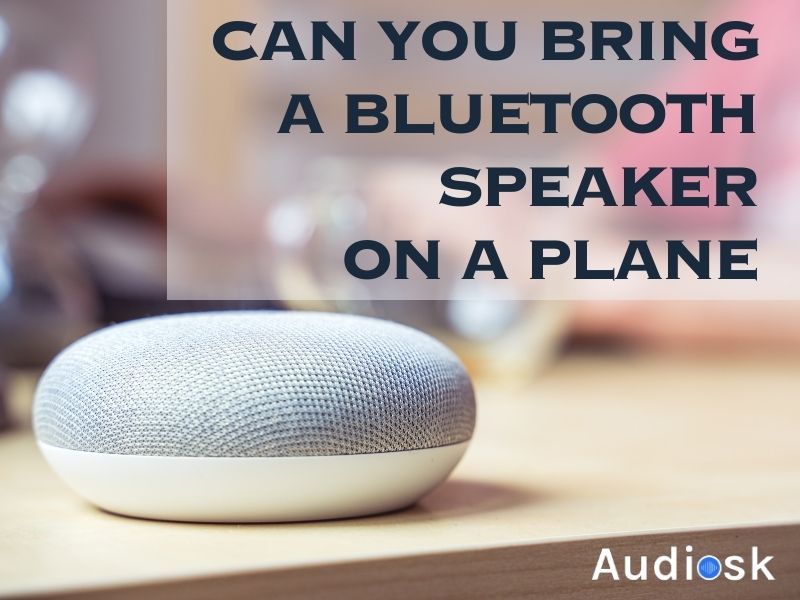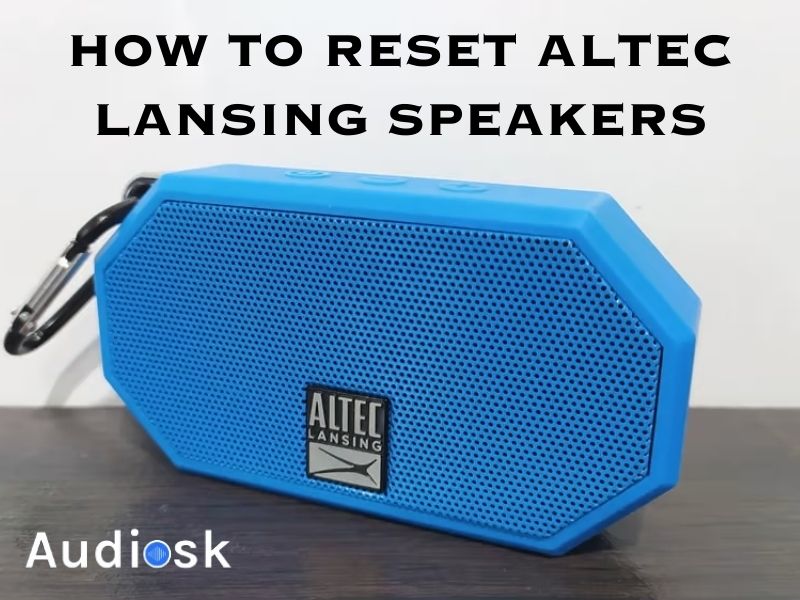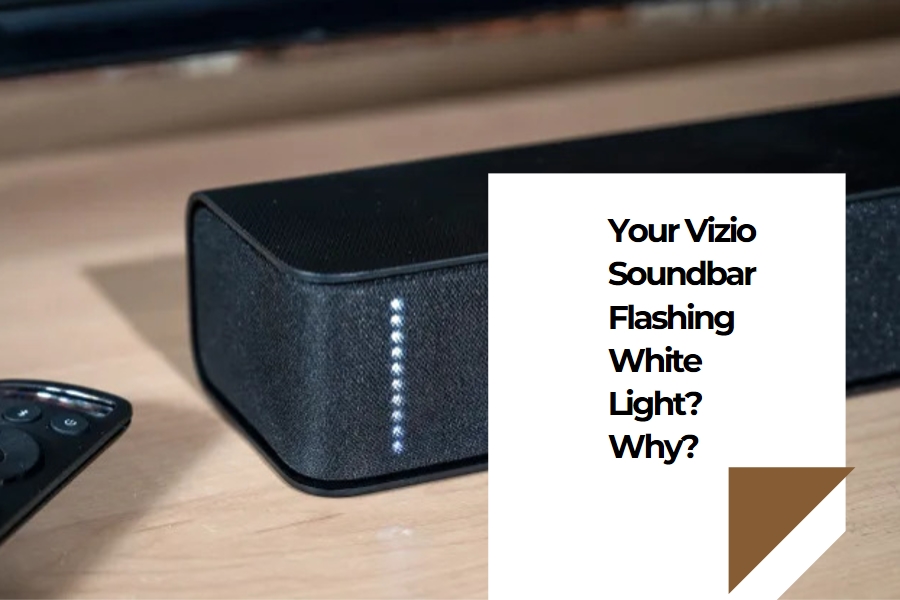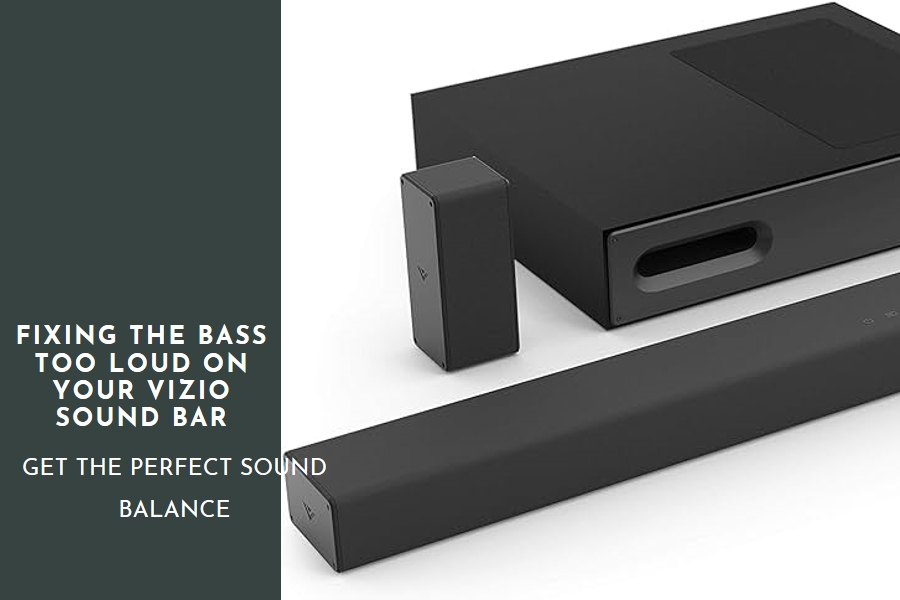In the past we’ve shown many comparisons between speakers and subwoofers. But today we explore for the first time comparing two different technologies. This is a particularly relevant topic, for when you’re deciding which JBL portable speakers to buy many of you go into the pros and cons. Should this be seriously considered?
Although we have strong opinions on the matter, for now let’s put those aside to dissect JBL Connect Plus and PartyBoost subjectively. But are these technologies similar or do they differ greatly?
At audiosk, before we dive into these questions let’s start with a brief overview of what it is that we are going to compare. Being specialists in the field of sound technology, we hope to provide this information in a straightforward and understandable way so that all readers will be able to easily grasp these concepts.
What are JBL Connect Plus and Partyboost?
JBL portable speakers use two different connectivity protocols, ConnectPlus and PartyBoost. Because of these features, the speakers are able to connect with one another such that music can be played simultaneously. This is a characteristic of JBL speakers, which can give life and amusement to any activity.
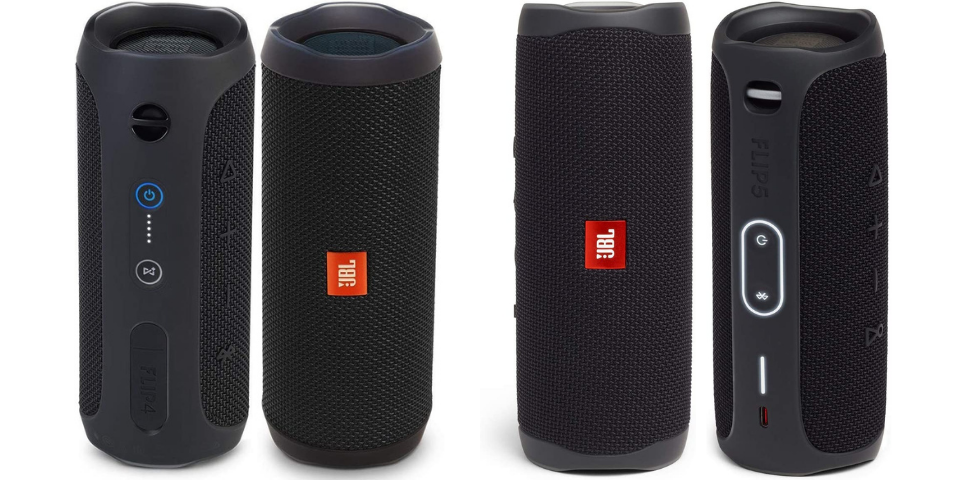
However, please note that Connect Plus is an improvement over the first generation JBL Connect and allows you to mix more than two speakers. JBL has one driver for each of these models: Some older ones are compatible with either Connect or Connect Plus; the more recent releases have PartyBoost.
In addition, both Connect Plus and PartyBoost are the latest Bluetooth technology. But JBL contends PartyBoost has the edge over Connect Plus, with better range and compatibility, not to mention technological progress. In this analysis, we’ll take a longer look at such claims. It turns out that there are some fine points to the differences between each protocol and how it can enrich your listening experience as well.
Table Of Comparison: Key Differences Between JBL Connect Plus Vs Partyboost
| Feature | JBL Connect Plus | PartyBoost |
| Bluetooth Version | Advanced (Not specified) | Latest |
| Speaker Pairing | Pairs more than 2 speakers | Pairs multiple speakers |
| Range | Up to 30 feet | Up to 100 feet |
| Compatibility | Older JBL models | New JBL models |
| Targeted Use | Ideal for medium-sized gatherings | Optimized for larger events and spaces |
| Software Updates | Less likely | More likely |
Tips: When selecting speakers, we suggest paying attention not just to the technology but also sound quality, durability, portability and functions as well. Future-proofing your purchase The latest technology can prevent these compatibility concerns. The best audio experience comes from finding a balance between practical features and technological advancements.
JBL Connect Plus Vs Partyboost: In Depth Comparison
As experts in the field of sound, we understand the importance of staying updated with the latest advancements. Connect Plus has proven its merit in various settings, offering robust connectivity and a user-friendly experience.
However, PartyBoost brings to the table enhanced features such as improved range and compatibility, particularly with the newest JBL models.
We will compare the differences in detail for you to understand the technology of this JBl speaker.
Range of connectivity
Range is an important consideration in evaluating two connectivity protocols: JBL’s Connect Plus and PartyBoost. This range, the maximum distance for effective signal transmission, can be categorized into two types: the distance from speaker to audio source, as well as the spacing between paired speakers.
We did some tests using JBL Charge 5 (with Connect Plus) and Boombox 4 (with PartyBoost), with an iPhone 14 Pro as the source, and noticed something interesting. Environmental factors play only a small part in the psychology of range, though.
According to JBL, the speaker-to-source range for both technologies is up to 10 meters. But in tests we found that outside, both Connect Plus and PartyBoost work well at ranges up to 20 meters. For speaker-to-speaker pairing, Connect Plus can do 40 meters while PartyBoost really shines.
Although JBL insists that PartyBoost nearly doubles Connect Plus in range, our tests showed each could pair speakers at distances up to 72 meters. In this respect there is clearly a winner: it’s called the PartyBoost function!
Sound Quality
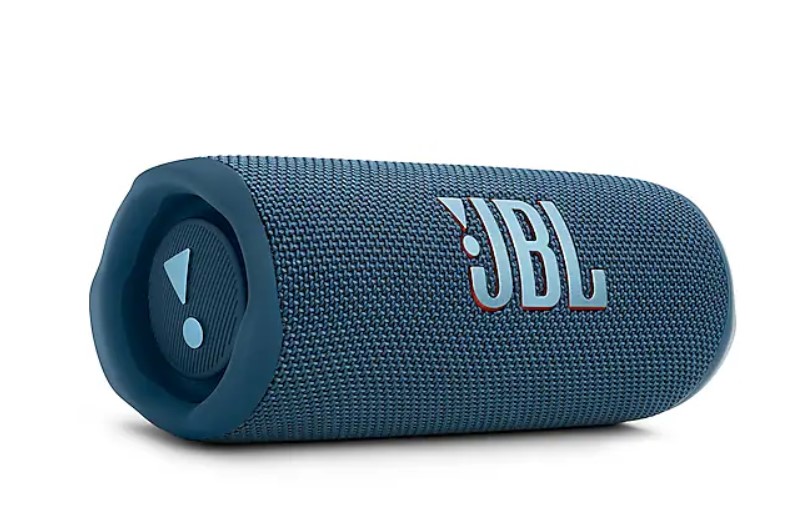
Do you want to reproduce the great sound experience your friend has at home? So in such a situation, it is important to appreciate the differences between JBL Connect Plus and PartyBoost audio quality.
In our specialist assessment, we have discovered that the difference in audio quality between JBL Connect Plus and PartyBoost is small but significant. Stereo pairing by ConnectPlus ensures balanced sound, and the equalizer function allows you to adjust audio quality. This is especially convenient for those who like to customize their listening experience.
But PartyBoost is good at making the audio experience much more immersive. The Connect Plus’s ability to playback simultaneously across different sets of speakers is often seen as more impressive than the actual sound. Making PartyBoost a good choice for those who want to produce an immersive and comprehensive sound space in big spaces.
Compatibility
Compatibility counts a lot in the world of comparing connectivity technologies. However, the unfortunate fact is that JBL’s systems aren’t backward compatible. As a result, devices with PartyBoost cannot be paired with those using Connect Plus and this incompatibility exists beyond the range of these technologies; even connect objects to being linked up to its brother-in-arms.
Looking at JBL’s product line-up, the old Xtreme-2, Pulse-2 and Charge 4 are Connect Plus capable; while even the original Boombox is also so. So these particular models can interconnect smoothly. Unfortunately, they cannot be used in conjunction with speakers that use either the Connect or PartyBoost technology.
PartyBoost is integrated into JBL’s more recent speaker models such as the JBL Flip-5, Pulse 4, Xtreme 3 (XB), Charge-5 and Boombox. The two speakers are compatible with one another, providing a more integrated user experience. Furthermore, JBL has announced it will expand its line of PartyBoost-equipped speakers. And a growing number and variety of hardware are becoming compatible with this more innovative technology.
Taking into account compatibility, it is PartyBoost that has the upper hand. If you are investing in a system with a wider range and future-proofness of devices able to be connected to it then this especially applies.
Speaker Pairing (Number of speakers)
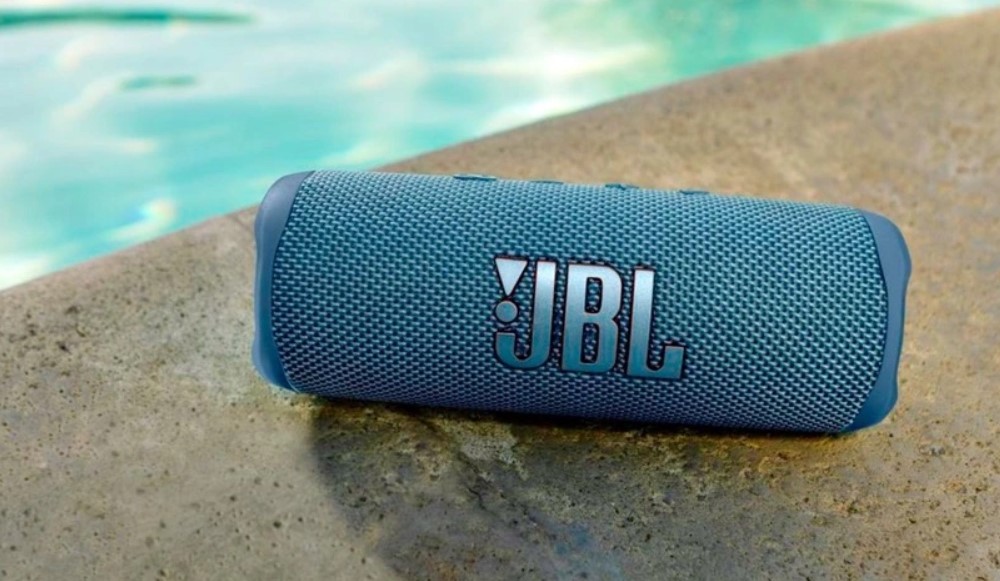
These are also characterized by the fact that many speakers can be connected together to improve sound quality. This is a question on the minds of users: How many speakers can be connected using each protocol?
In this regard, we find that JBL Connect Plus and PartyBoost are about equal. Both are capable of linking up to 100 speakers at once. Its impressive connectivity range provides for a wide, immersive sound offering ideally suited to large-scale spaces and events.
Regardless of whether JBL Connect Plus or PartyBoost are your choice, you can expect the ability to form a capable large sound system with many speakers. This feature is especially useful for people who want to raise the sound level over large outdoor areas.
Pairing time
Pairing time is a good way to measure the level of performance for connectivity technologies. It’s a reflection of the efficiency and user-friendliness of the technology: The faster the pairing time, the more advanced and convenient technology is considered to be.
In our detailed review of JBL’s Connect Plus and PartyBoost, we find that in terms of the actual pairing speed they are almost identical. Both technologies are capable of pairing with the desired number of speakers in a very short time. It is usually possible to proceed within 30 seconds. This quick coupling ability bears witness to the efficiency and superior engineering of both protocols.
Thus, as far as pairing time goes, the match between Connect Plus and PartyBoost is even. In this regard their performance is equal that either one makes a reliable choice if you’re in the market for easy, hassle-free speaker synchronization.
Ease of use
When it comes to ease of use, PartyBoost is easier than JBL Connect Plus. While it does require a certain amount of setup time to install the app (compatible with both Android and iOS), PartyBoost offers convenient control and adjustment options from your smart phone. Users can also toggle between party and stereo modes.
Looking at things from another angle, although Connect Plus is simple to use requiring only a direct connection with Bluetooth pairing alone, it does not have an dedicated app so cannot offer as much control and customization. Consequently, PartyBoost has the advantage for those looking for a more immersive and multi-dimensional experience in speaker management.
Stereo pairing
Stereo pairing is a feature present in both JBL Connect Plus and PartyBoost speakers, an aspect where these two technologies align closely in functionality. This feature allows users to set up a stereo pair, designating left and right audio channels to different speakers. This setup results in a more balanced and immersive auditory experience, further enhanced by the option to add additional speakers to each channel, creating an extensive stereo sound field.
Thus, in this particular aspect of our comparison, Connect Plus and PartyBoost exhibit parity. Both technologies offer this valuable stereo pairing capability, ensuring a high-quality audio experience for their users. This similarity in functionality reinforces the idea that either technology can serve well in creating a dynamic and engaging listening environment.
JBL Connect Plus Vs Partyboost: Which Is Better?
Of course, it is incumbent upon us to be a little bit suspicious of what manufacturer’s claim their products can do. Many brands exaggerate the capabilities of their own products at the expense of competitors’, which means that we have no choice but to test and compare for ourselves in order to see with our own eyes how well they measure up (or not). In today’s game console
Testing and evaluation has been done in a very detailed way, from which we can confidently make the judgment that PartyBoost is undisputedly victorious. On most fronts, it makes JBL proud. While there were isolated examples of exaggeration in a few of JBL’s assertions, these did not seriously undermine the performance and capabilities displayed by PartyBoost.
When comparing JBL Connect Plus and PartyBoost, it’s clear that JBL- as a good brand, continuously innovates in its audio technology. JBL Connect Plus allows multiple speakers to link together, creating an amplified sound experience. Meanwhile, PartyBoost, a newer feature, offers an upgraded version of this technology.
Conclusion
In our detailed comparison between JBL Connect Plus and PartyBoost, PartyBoost emerges as the superior technology. It offers key advantages such as better connectivity range, immersive audio experience, user-friendly operation, and simple pairing.
At audiosk, while Connect Plus still provides quality audio and stereo pairing, PartyBoost’s enhanced features make it the standout choice for users seeking the latest in audio technology. Therefore, JBL PartyBoost stands out as the clear winner in this comparison.

